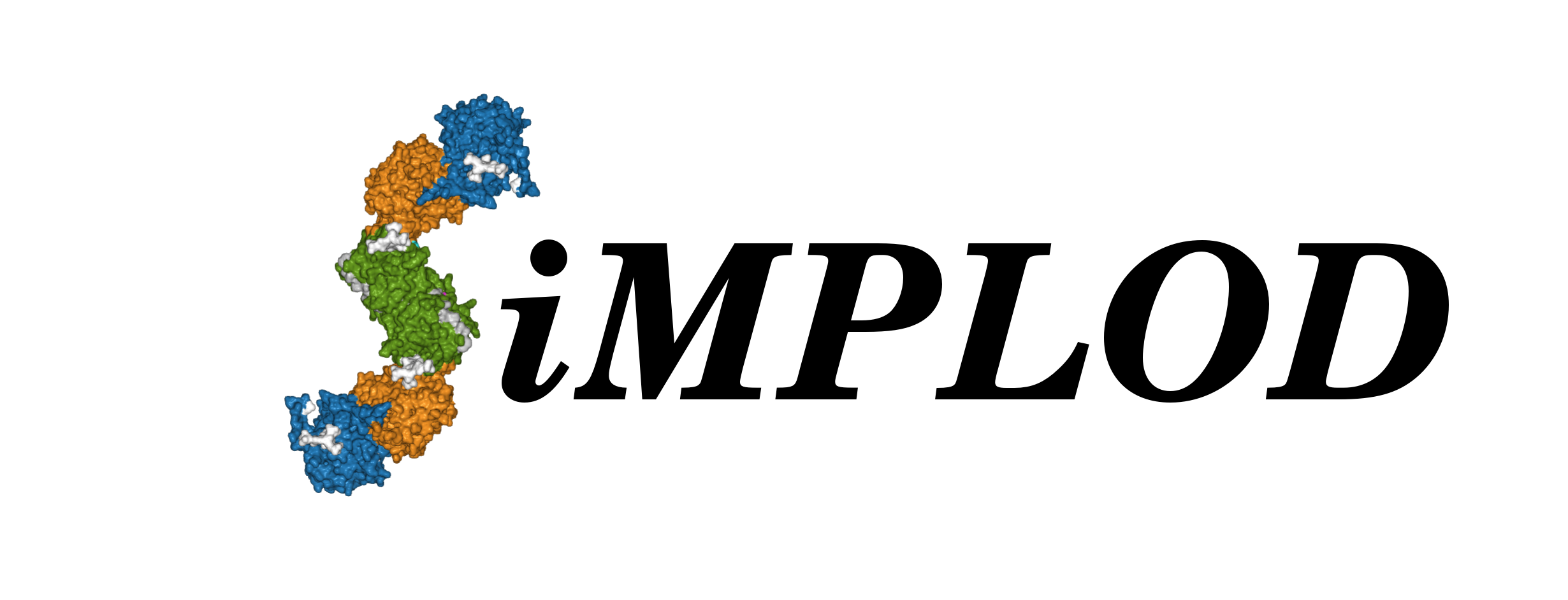 About
Contact
References
Structures
Adv. Search
Stats
Demo
About
Contact
References
Structures
Adv. Search
Stats
Demo
| LH1 PHE098PHE | ||
| SiMPLOD ID |
SiMPLOD1-157 | |
| Isoenzyme |
Lysyl Hydroxylase 1 (human) - UniProt - Full Info | |
| Nucleotide mutation |
PLOD1 NM_000302.2:c.294C>T - NCBI RefSeq NCBI SNP: rs7529452 NCBI ClinVar: 255803 |
|
| Mutation type |
Benign | |
| LOVD |
c.294C>T | |
| Clinical Databases |
OMIM: 225320 Orphanet: ORPHA:230851 ICD-10: Q79.6 MeSH: C536198 | |
| Evidence at protein level |
This variant does not alter the aminoacid sequence of the enzyme, and therefore is expected to EXIST at the protein level, although no experimental evidence is currently available to support its existence. | References |
Yip et al., 2011 - PubMed | Notes from publications |
Yip et al. investigated the role of Ala099Thr mutation in causing high myopia. The study revealed this mutation not to have a role in the myopia. |
| Related Entries |
SiMPLOD3-532: LH3 PHE110LEU (SNP) | |
| Last Update |
2021-06-23 08:38:51 | |
|
The three-dimensional visualization is currently based on the homology model of full-length, dimeric human LH1 (generated using the crystal structure of full-length human LH3 as template). You may select a different PDB model file to visualize the mutation(s) using the drop-down menu below (page will refresh): |
||
Thank you for using SiMPLOD - Created by Fornerislab@UniPV Follow @Fornerislab - Last curated update: 1970-01-01 00:00:00
We truly hate messages and disclaimers about cookies and tracking of personal info. But don't worry, we don't use any.